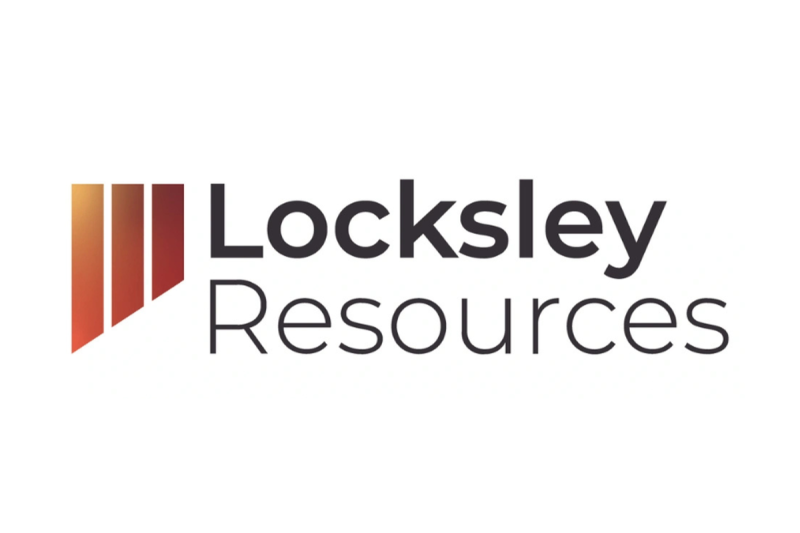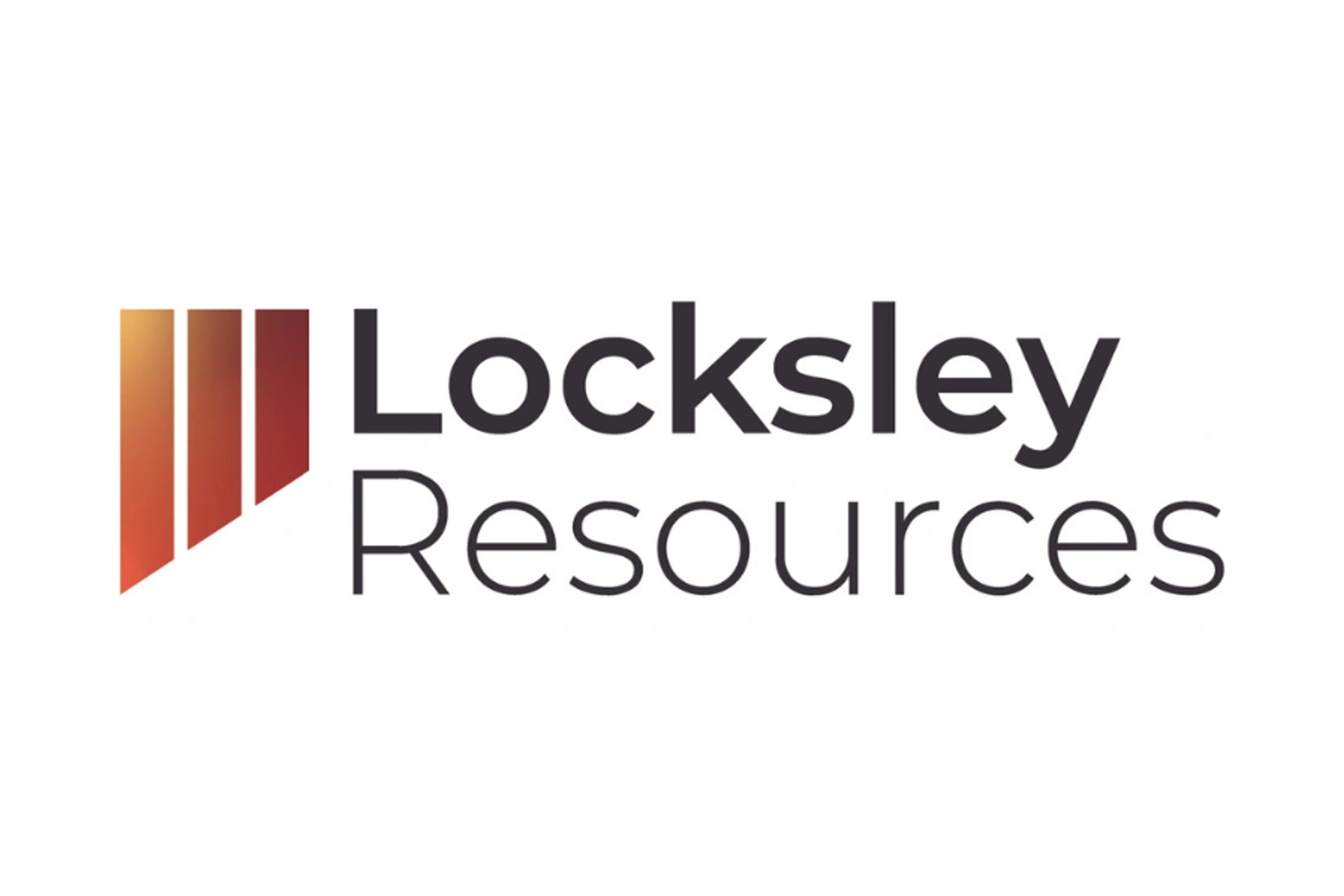Milestone Advances U.S. and Secures Location for Flagship Texas Facility Supporting Domestic Critical-Minerals Supply Chains
VANCOUVER, BC / ACCESS Newswire / December 11, 2025 / CoTec Holdings Corp. (TSXV:CTH,OTC:CTHCF)(OTCQB:CTHCF) (‘CoTec’ or the ‘Company’) is pleased to note today’s press release by HyProMag USA, LLC (‘HyProMag USA’), its U.S.-based joint venture rare earth permanent magnet recycling and manufacturing company.
HyProMag USA announced it has finalized the lease agreement for its proposed rare-earth magnet recycling and manufacturing facility in Dallas-Fort Worth, Texas.
Julian Treger, Chief Executive of CoTec commented: ‘Finalizing the Texas Facility lease represents another major milestone in HyProMag USA’s mission to deliver a secure, sustainable rare-earth magnet supply chain in the United States. With the site secured and local partnerships in place, we’re moving decisively toward completing financing, construction and the first commercial-scale production of recycled magnets in the United States.’
HyProMag USA’s first facility (the ‘Texas Facility’ or the ‘Project’) will be located at Ironhead Commerce Center, Building 1, Dallas-Fort Worth, Denton County, Texas. The Project site is strategically located next to critical infrastructure, the BNSF intermodal rail link and the Alliance airport. The milestone marks the next phase in HyProMag USA’s Project expansion and underscores its commitment to building a fully domestic, circular supply chain for rare-earth magnets critical to revitalizing U.S. industry and to provide a long-term domestic supply of critical minerals.
The Texas Facility will leverage the patented Hydrogen Processing of Magnet Scrap (‘HPMS’) technology – developed by the Magnetic Materials Group at the University of Birmingham with over 25 years of R&D and exclusively licensed to HyProMag Limited, a 50% partner in HyProMag USA, to recover and remanufacture rare earth magnets from end-of-life products. HyProMag USA targets commissioning the Texas Facility by mid-2027, subject to final permitting and financing, and anticipates creating approximately 90 to 100 skilled jobs in magnet manufacturing, engineering and advanced materials processing. HyProMag USA has collaborated closely with the Town of Northlake to advance the Texas Facility. Additionally, HyProMag USA has also established and expanded its feedstock-supply partnership with Intelligent Lifecycle Solutions (ILS), a global electronics recycling company, which has commenced stockpiling magnet-bearing materials to support commissioning of HyProMag’s U.S. operations.
HyProMag USA will occupy 50 percent of Building 1 at Ironhead Commerce Center, approximately 128,000 square feet. The Texas Facility will serve as the central hub of HyProMag USA’s hub-and-spoke short-loop network, which includes planned pre-processing facilities in Nevada and South Carolina. The Project’s modular design allows for faster replication across the U.S., providing a more scalable blueprint for restoring rare-earth magnet production and reducing reliance on overseas sources.
For further information, please refer to HyProMag USA’s press release, available at: www.hypromagusa.com
A fly over of the facility’s location can be found here: https://www.youtube.com/watch?v=J8RHkZSfo0Y
About HyProMag USA
HyProMag USA, LLC is owned 50:50 by CoTec Holdings Corp. (TSXV:CTH,OTC:CTHCF)(OTCQB:CTHCF) and HyProMag Limited. HyProMag Limited is 100% owned by Maginito Limited which is owned on a 79.4%/20.6% basis by Mkango Resources Ltd. (AIM/TSX-V: MKA) and CoTec.
For more information, please visit www.hypromagusa.com
HyProMag USA Feasibility Study
The independent Feasibility Study on the development of a state-of-the-art rare earth magnet recycling and manufacturing operation in the United States includes the Texas Facility, and two pre-processing facilities located in South Carolina and Nevada respectivelyi . In March 2025, HyProMag USA announced the expansion of the detailed engineering phase to include three HPMS vesselsii and that it was initiating concept studies for further expansion and complementary ‘Long Loop’ recyclingiii . The Texas Facility’s annual production is expected to be 750 metric tons per annum of recycled sintered NdFeB magnets and 807 metric tons per annum of associated NdFeB co-products (total payable capacity – 1,557 metric tons NdFeB within five years of commissioning) over a 40-year operating life. It is expected the Texas Facility will provide significant optionality to supply the U.S. market with additional NdFeB alloy powder while assisting in revitalizing the U.S. magnet sector with the creation of 90-100 skilled magnet manufacturing jobs.
In March 2025, HyProMag USA announced the results of an independent ISO-Compliant product carbon footprint study which confirmed an exceptionally low CO2 footprint of 2.35 kg CO2 eq. per kg of NdFeB cut sintered block productiv .
In August 2025, HyProMag USA announced ILS had formally commenced its stockpiling of feedstock initiative pursuant to the recently announced feedstock supply and pre-processing site share agreement between HyProMag USA and ILS.
In September 2025, HyProMag USA announced the commissioning of a concept study to evaluate the expansion of its operations into Nevada and South Carolina in collaboration with ILSv and the commissioning of a concept study to evaluate long-loop recycling with Worley Group Incvi .
About CoTec
CoTec Holdings Corp. (TSXV:CTH,OTC:CTHCF)(OTCQB:CTHCF) is redefining the future of resource extraction and recycling. Focused on rare earth magnets and strategic materials, CoTec integrates breakthrough technologies with strategic assets to unlock secure, sustainable, and low-cost supply chains for the United States and its allies.
CoTec’s mission is clear: accelerate the energy transition while strengthening U.S. economic and national security. By investing in and deploying disruptive technologies, the Company delivers capital-efficient, scalable solutions that transform marginal assets, tailings, waste streams, and recycled products into high-value critical minerals.
From its HyProMag USA magnet recycling joint venture in Texas, to iron tailings reprocessing in Québec, to next-generation copper and iron solutions backed by global majors, CoTec is building a diversified portfolio with long-term growth, rapid cash flow potential, and high barriers to entry. The result is a game-changing platform at the intersection of technology, sustainability, and strategic materials.
For more information, please visit www.cotec.ca
For further information, please contact:
Braam Jonker – (604) 992-5600
Forward-Looking Information Cautionary Statement
Statements in this press release regarding the Company and its investments which are not historical facts are ‘forward-looking statements’ which involve risks and uncertainties, including statements relating to the Texas Facility, Feasibility Study, potential future employment and production, the entering of the lease agreement for the Texas Facility and management’s expectations with respect to its current and potential future investments, including HyProMag USA, and the benefits to the Company which may be implied from such statements. Since forward-looking statements address future events and conditions, by their very nature, they involve inherent risks and uncertainties. Actual results in each case could differ materially from those currently anticipated in such statements, due to known and unknown risks and uncertainties affecting the Company, including but not limited to resource and reserve risks; environmental risks and costs; labor costs and shortages; uncertain supply and price fluctuations in materials; increases in energy costs; labor disputes and work stoppages; leasing costs and the availability of equipment; heavy equipment demand and availability; contractor and subcontractor performance issues; worksite safety issues; project delays and cost overruns; extreme weather conditions; and social and transport disruptions. For further details regarding risks and uncertainties facing the Company please refer to ‘Risk Factors’ in the Company’s filing statement dated April 6, 2022, a copy of which may be found under the Company’s SEDAR profile at www.sedar.com. The Company assumes no responsibility to update forward-looking statements in this press release except as required by law. Readers should not place undue reliance on the forward-looking statements and information contained in this news release and are encouraged to read the Company’s continuous disclosure documents which are available on SEDAR at www.sedarplus.ca .
Neither TSX Venture Exchange nor its Regulation Services Provider (as that term is defined in the policies of the TSX Venture Exchange) accepts responsibility for the adequacy or accuracy of this news release.
i https://www.cotec.ca/news/hypromag-usa-feasibility-study-demonstrates-robust-economics-and-the-opportunity-to-develop-a-major-new-domestic-source-of-recycled-rare-earths-magnets-for-the-united-states
ii https://cotec.ca/news/hypromag-usa-expands-detailed-engineering-phase-to-include-three-hpms-vessels-and-initiates-concept-studies-for-further-expansion-and-complementary-long-loop-recycling
iii Conventional leach, extraction purification and precipitation process
iv https://cotec.ca/news/hypromag-usas-iso-compliant-product-carbon-footprint-study-confirms-exceptionally-low-co2-footprint-of-235-kg-co2-eq-per-kg-of-ndfeb-cut-sintered-block
v https://hypromagusa.com/hypromag-usa-to-commission-scoping-study-to-triple-capacity/
vi https://hypromagusa.com/hypromag-usa-project-update-for-its-rare earth-magnet-recycling-and-manufacturing-plants-in-the-united-states/
SOURCE: CoTec Holdings Corp.
View the original press release on ACCESS Newswire





























